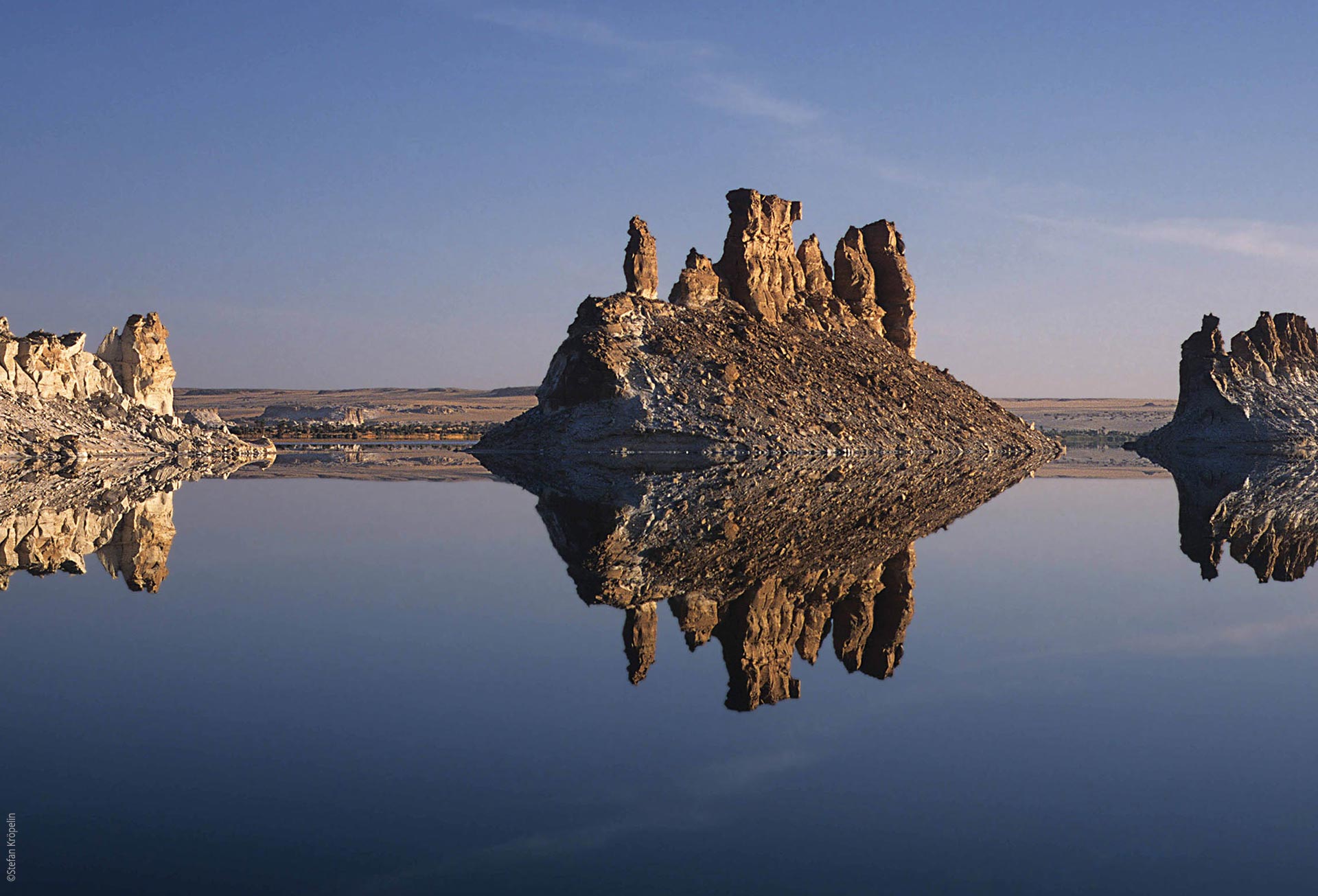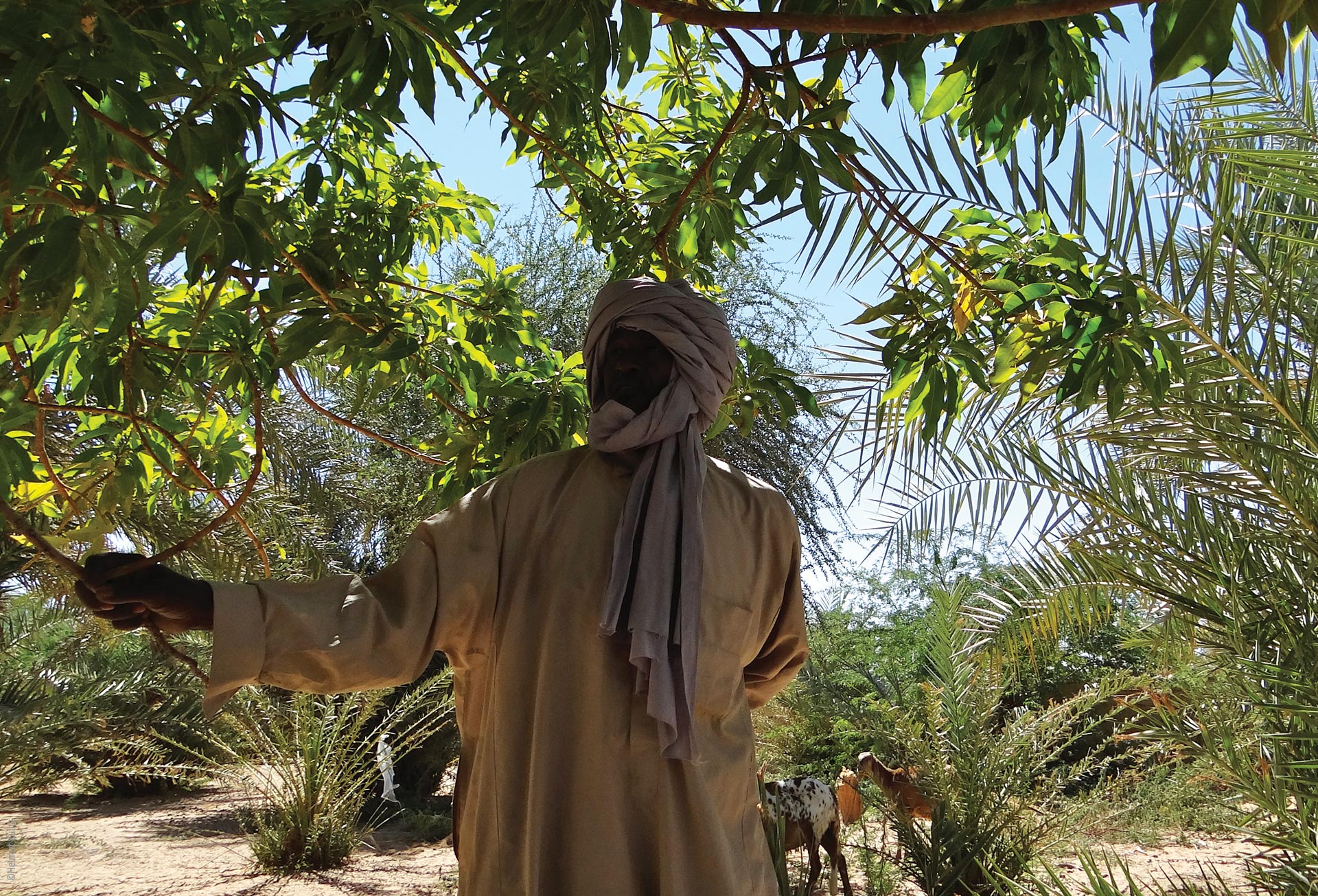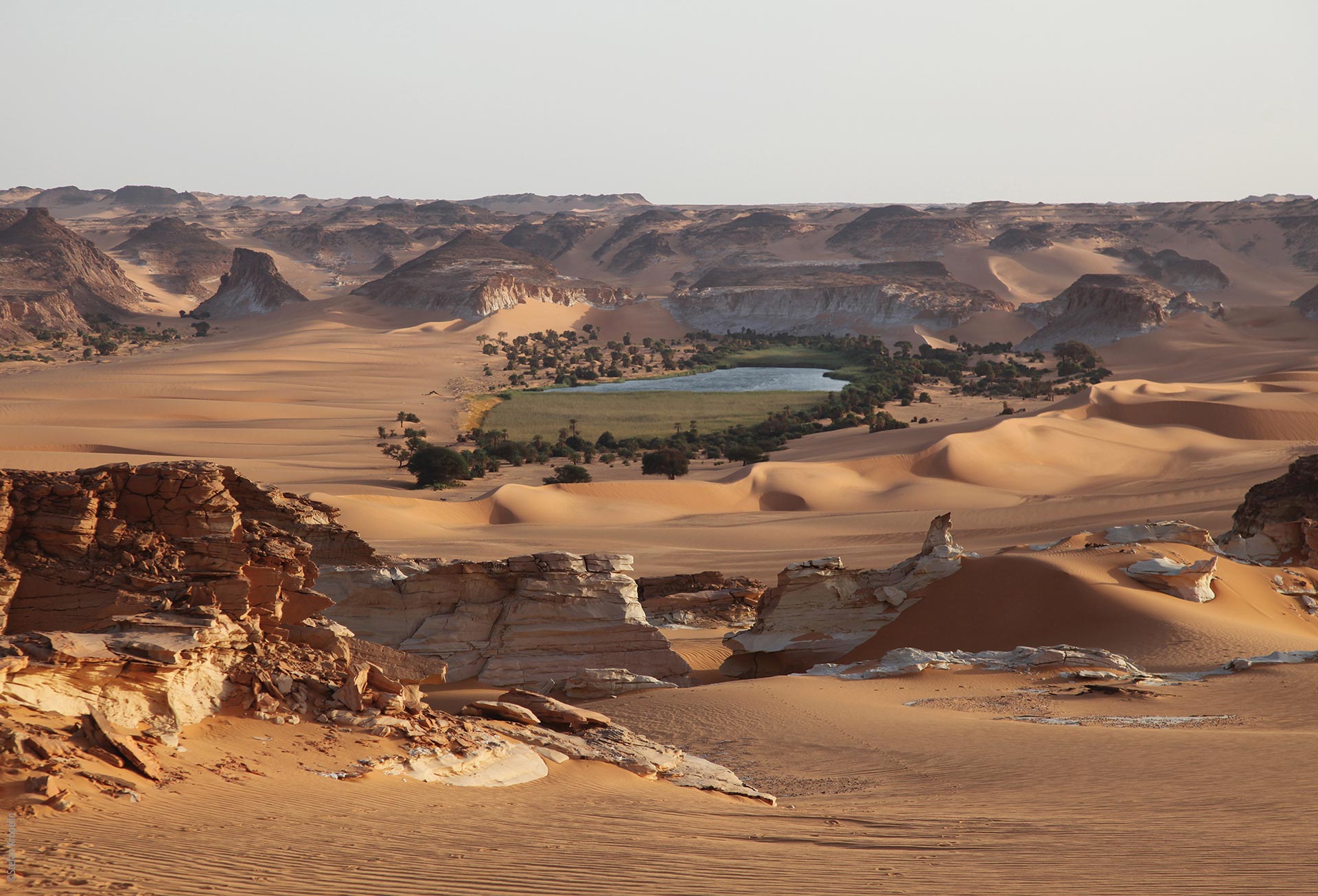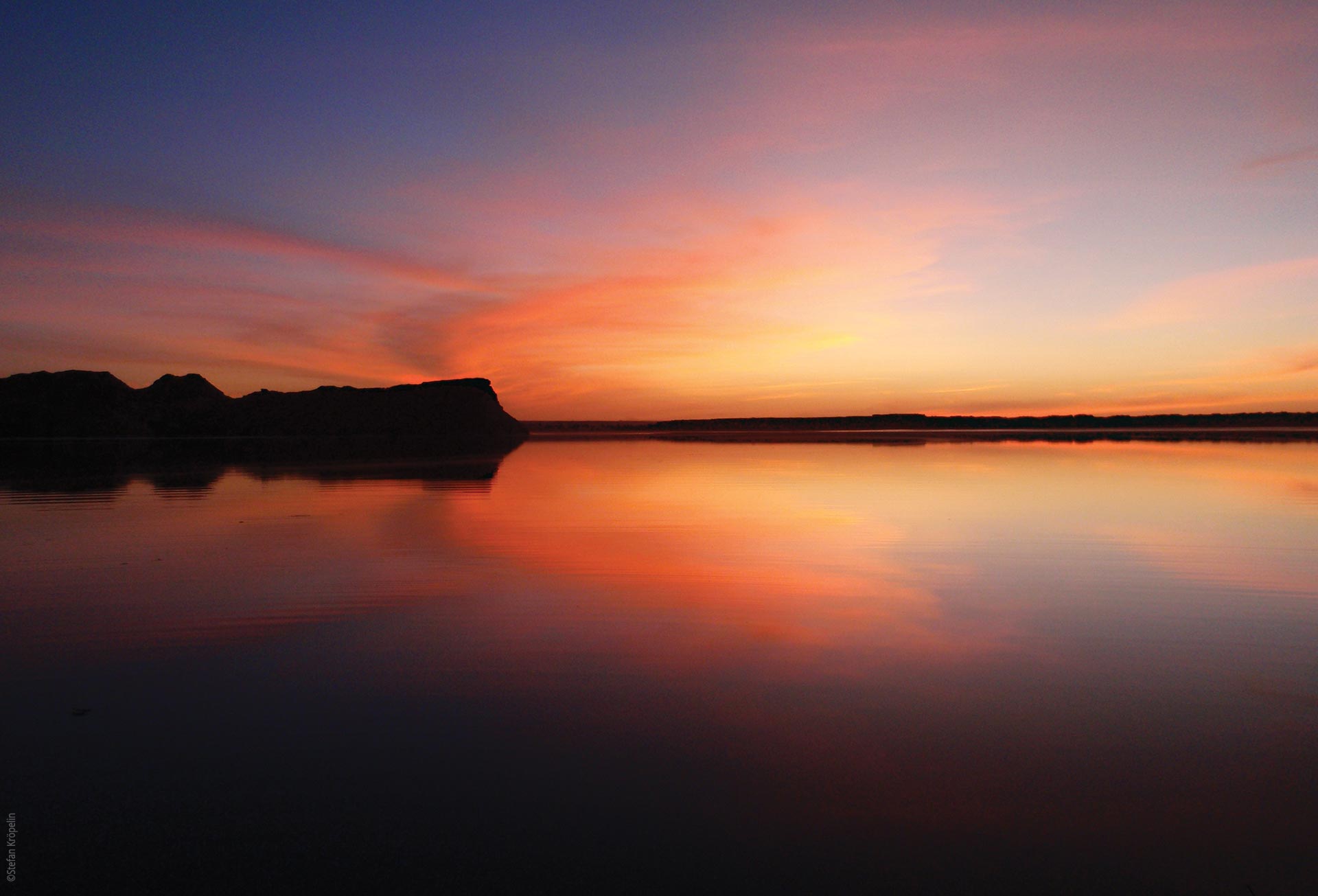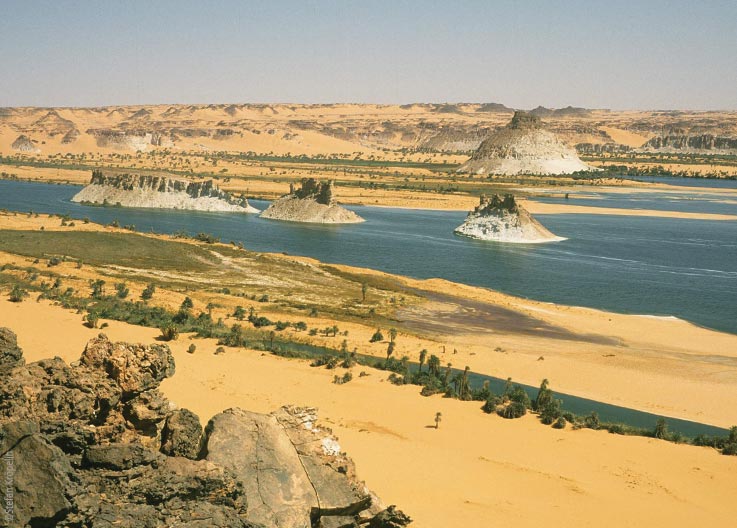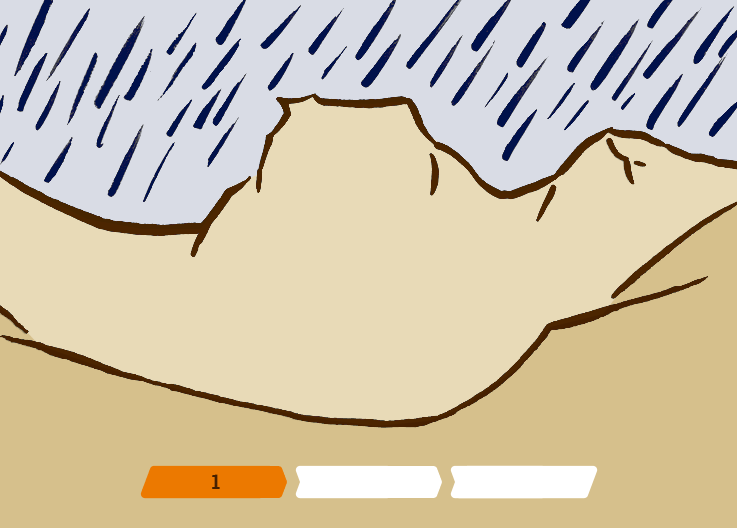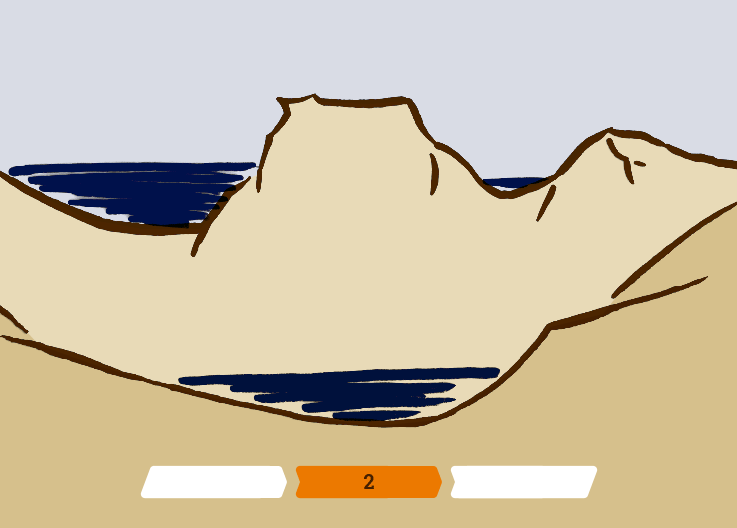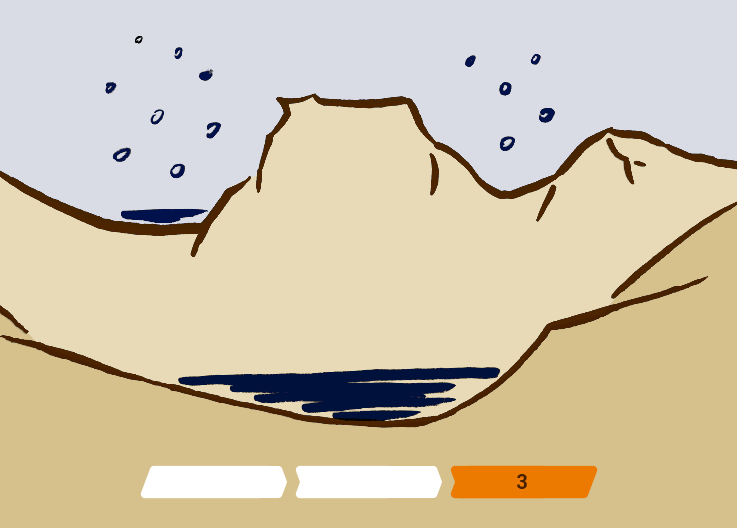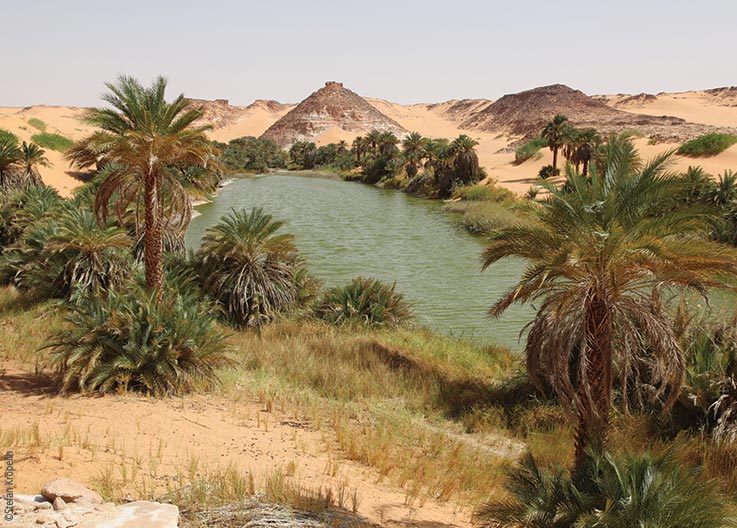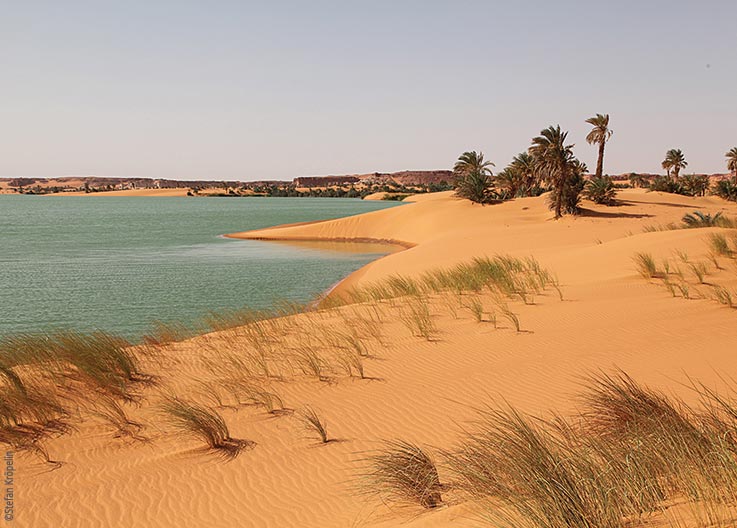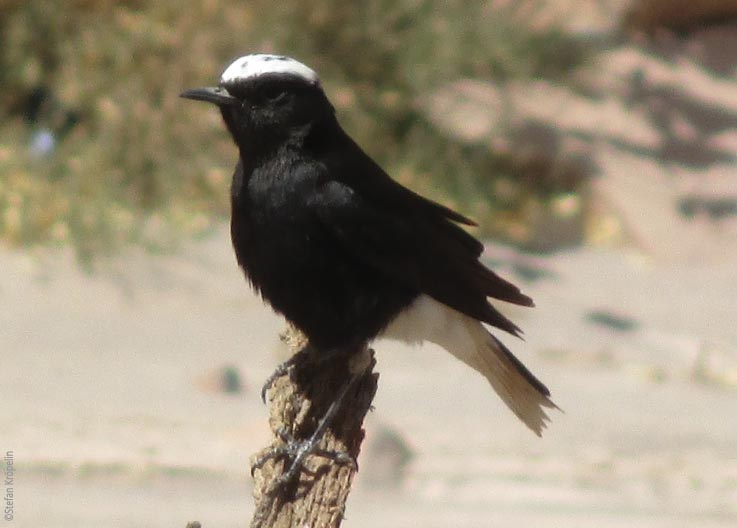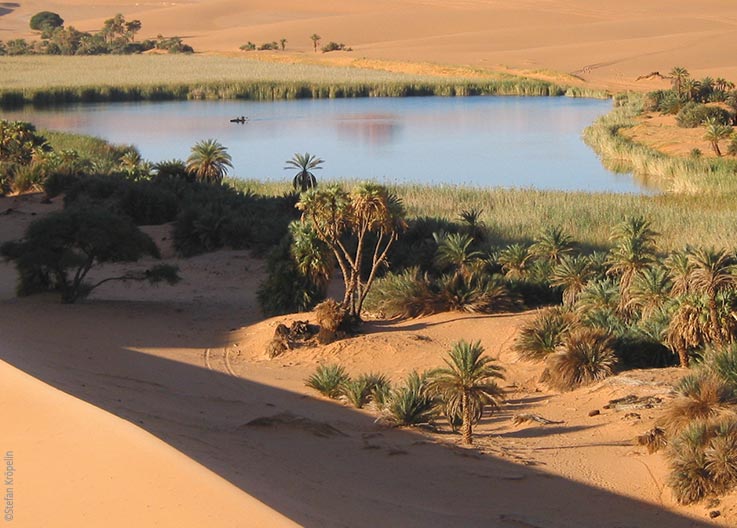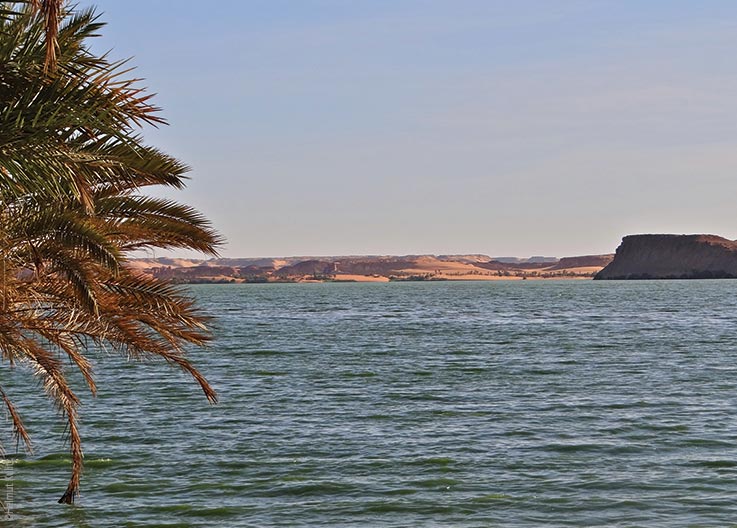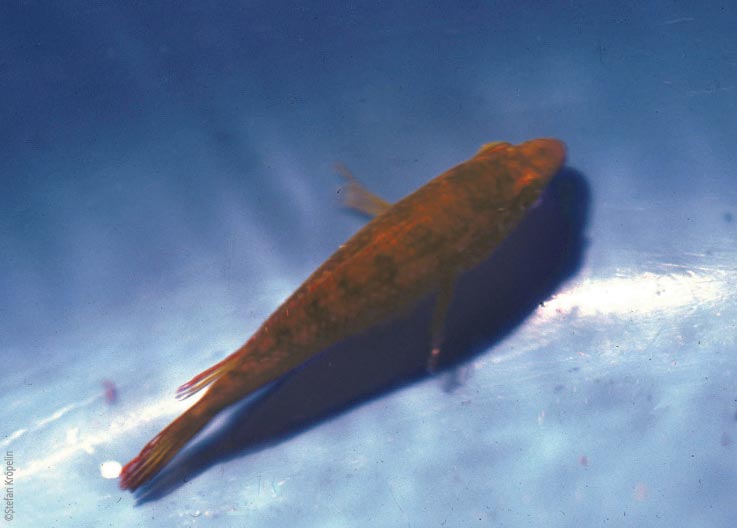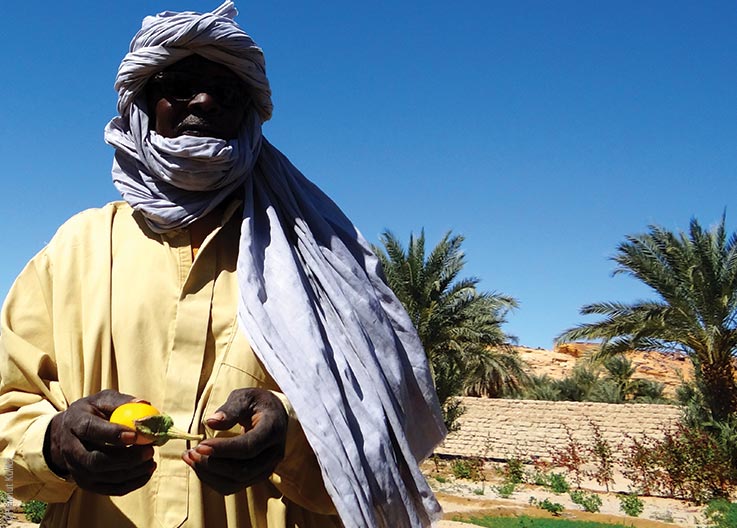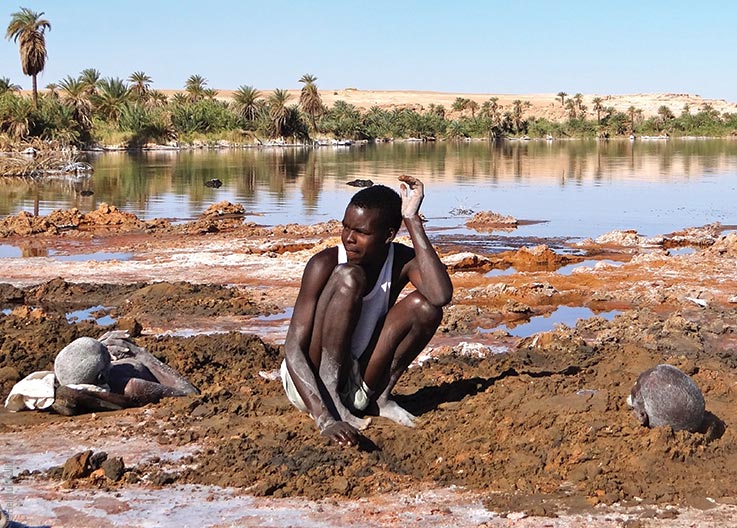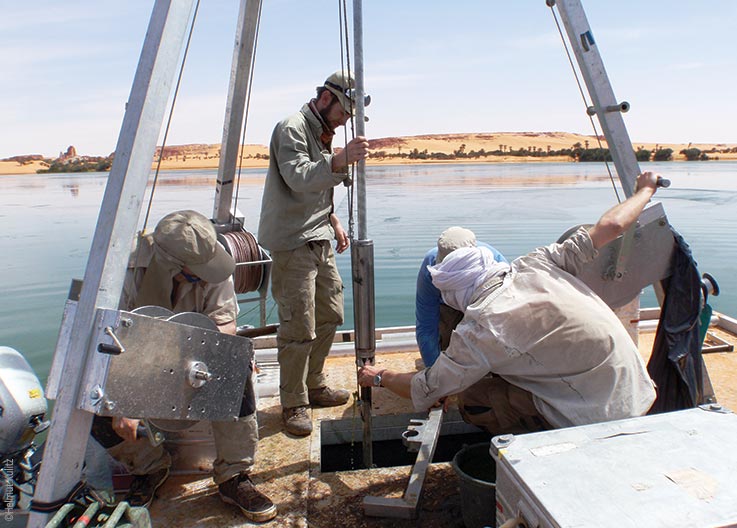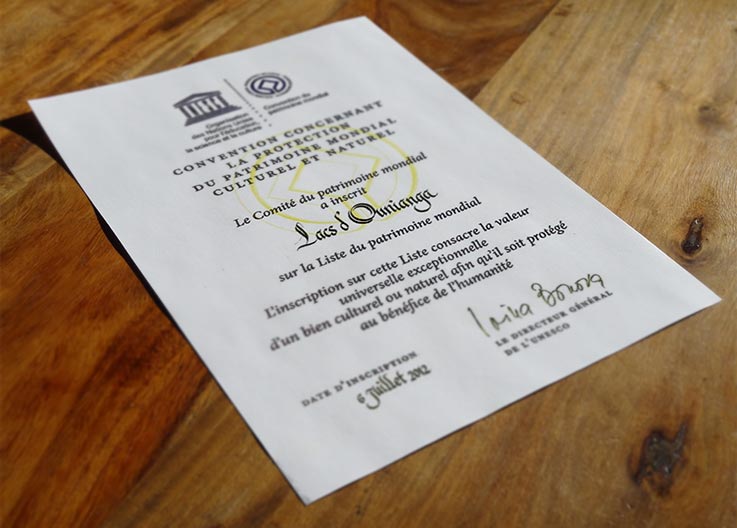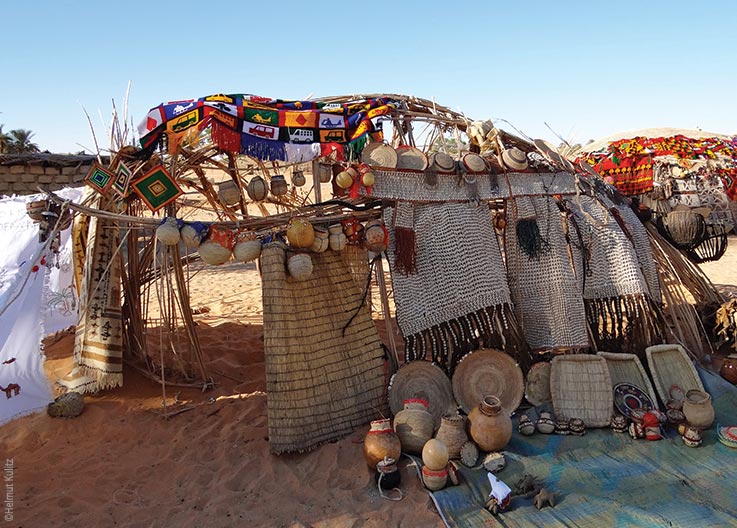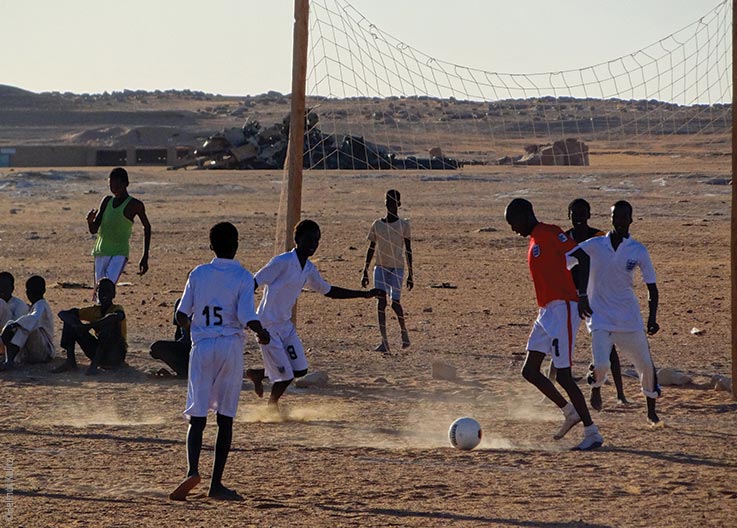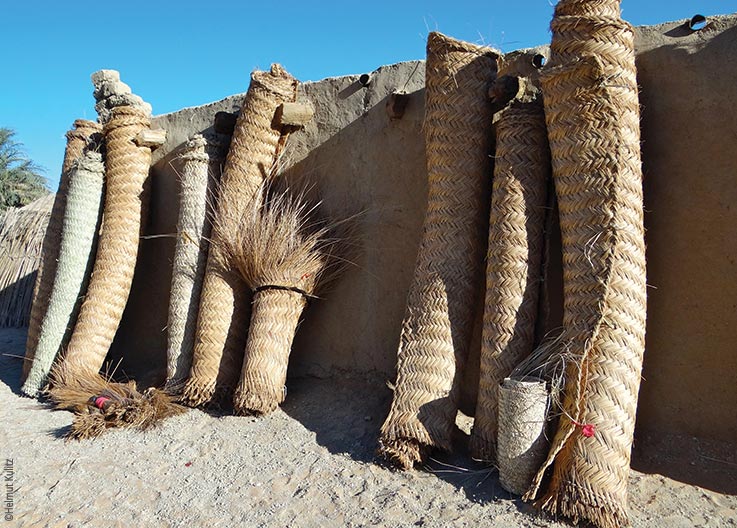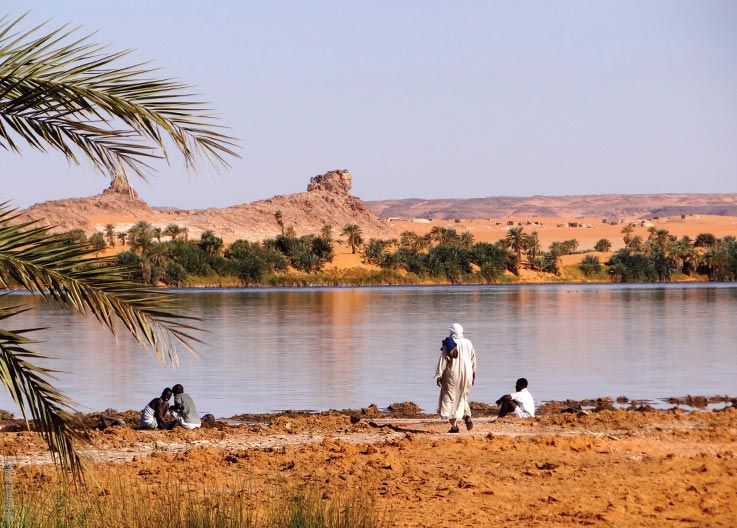The Lakes of Ounianga
A worldwide unique phenomenon
Green, flourishing and rich in life-giving water - that was the Sahara during the Humid Period thousands of years ago. Lakes, rivers and savanna landscapes offered ideal living conditions. Through changes in the climate, the savanna transformed into a dry desert. Almost every lake disappeared over the course of millennia. Except, that is, for the Lakes of Ounianga. To this day they provide a liveable habitat for people and animals in the middle of the most extreme of deserts. The history of climate change over the last 10,500 years can be seen in the sediments of the lake bed.
In 2012 UNESCO declared the Lakes of Ounianga the first World Heritage Site of Chad.
